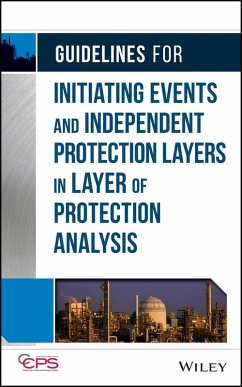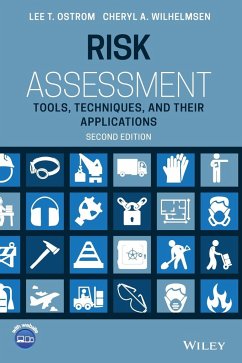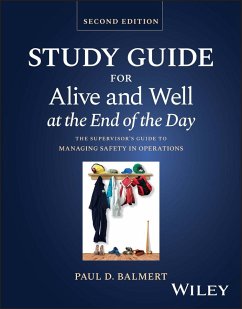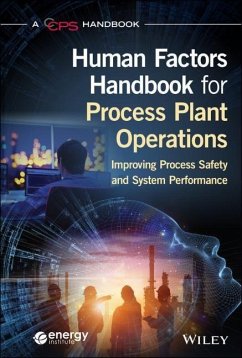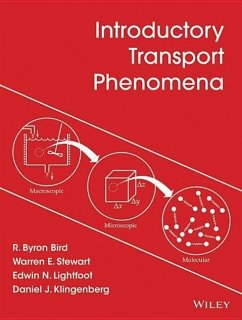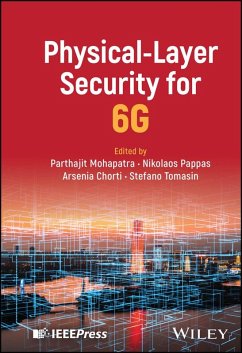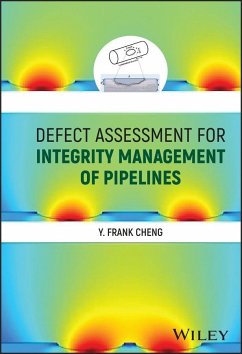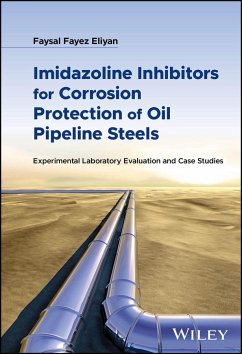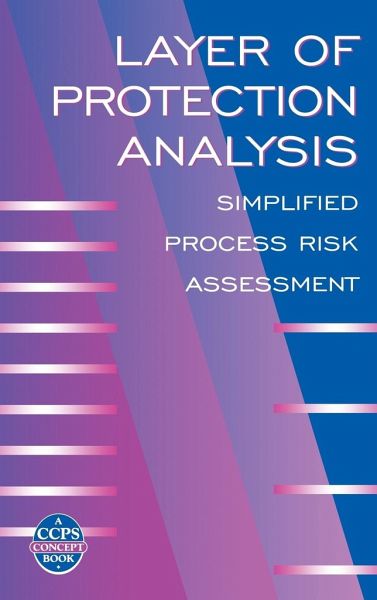
Layer of Protection Analysis
Simplified Process Risk Assessment
Versandkostenfrei!
Versandfertig in 2-4 Wochen
236,99 €
inkl. MwSt.
Weitere Ausgaben:

PAYBACK Punkte
118 °P sammeln!
Layer of protection analysis (LOPA) is a simplified method of risk assessment that provides the much-needed middle ground between a qualitative process hazard analysis and a traditional, expensive quantitative risk analysis.





